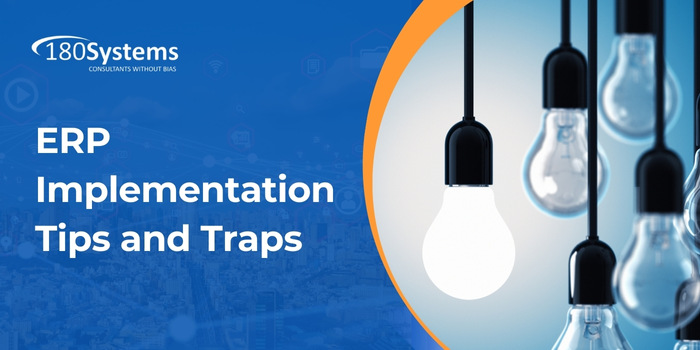We will be providing a series of articles with tips and traps to avoid based on ourexperience.Vendors have a defined process to implement their systems that could includecompleting a form to define your needs (a discovery process). The problem is thatthe sales team has not done a proper hand-over to the implementation team. Ineffect, you are starting all over again, which is a waste of time. But that’s not thebiggest problem with this approach. The biggest problem is that the implementer isnot aware of your specific requirements and may not address them until well intothe implementation process when they find out the hard way about some of yourspecific requirements. Hopefully you have defined these requirements clearly in anRFP and have asked the vendor whether the system includes this functionality.
But what happens if it turns out that the system does not include this functionality?Ideally the vendor will take the high road and find a way to meet your requirementswithout an additional charge. But there are going to be instances when things aremisunderstood, and the vendor is doing their best to implement the system. Thevendor has become your partner in the implementation process and even thoughyou theoretically should get the functionality at no charge, you should still considercompensating the vendor for the additional work at their cost. The additional chargeis a small price to pay in the grand scheme of things and you want a greatrelationship with your partner.
You should also be prepared to adapt to their system when your requirements leadto customization and these requirements are not critical. Customization can lead toadditional costs not just in the short run but later when the system is upgraded. Aswell, be careful what you consider critical. Critical requirements should be linked toyour critical success factors – what you must do well to be successful strategically.
Our tip for the day when selecting a new ERP system is to make sure the vendor does not start from scratch during the implementation process and leverages the work that was done during the selection process.
